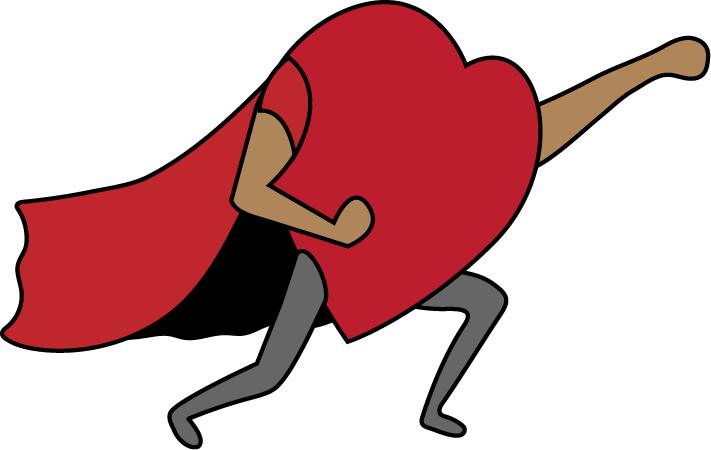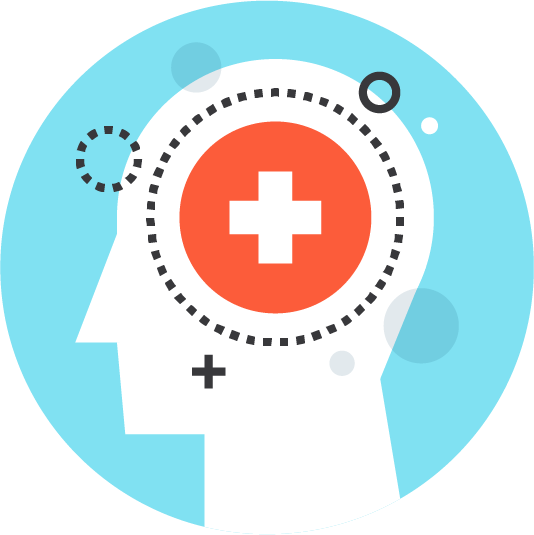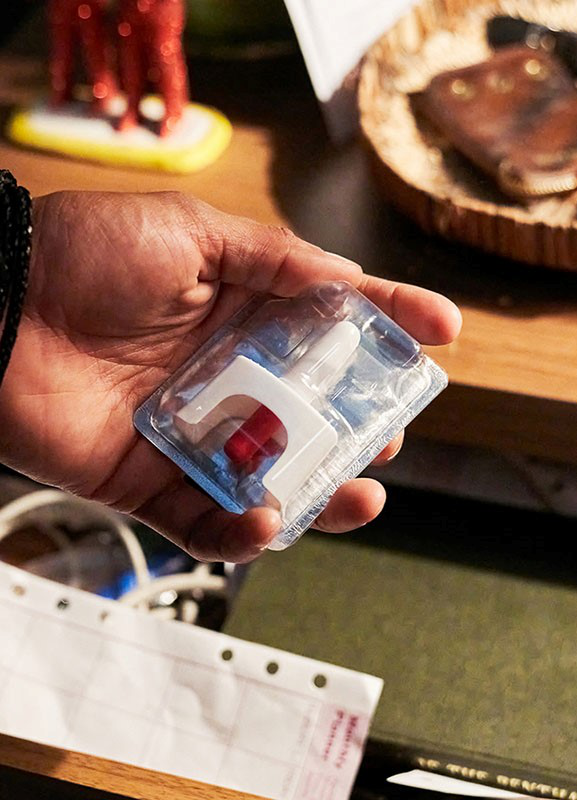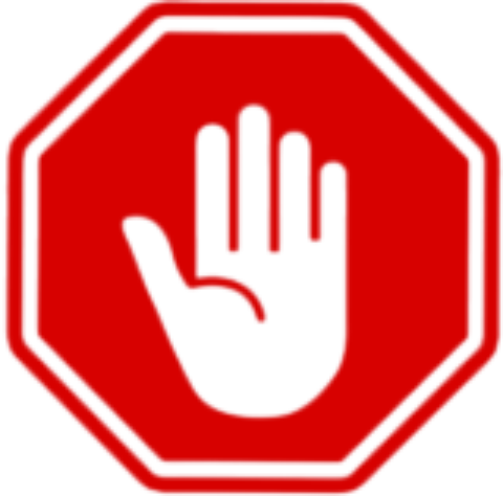

Cardiac arrest – an electrical malfunction in the heart that causes an irregular heartbeat (arrhythmia) and disrupts the flow of blood to the brain, lungs and other organs – is a leading cause of death. Each year, more than 350,000 EMS-assessed out of-hospital cardiac arrests occur in the country.
When a person has a cardiac arrest, survival depends on immediately receiving CPR from someone nearby. According to the American Heart Association, about 90 percent of people who suffer out-of-hospital cardiac arrests die. CPR, especially if performed immediately, can double or triple a cardiac arrest victim’s chance of survival.

Many people who survive a cardiac emergency are helped by a bystander. There are several free online Hands-Only CPR/AED Awareness classes you can take to learn these life-saving skills.
An AED is used to help those experiencing sudden cardiac arrest. It's a sophisticated, yet easy-to-use, medical device that can analyze the heart's rhythm and, if necessary, deliver an electrical shock, or defibrillation, to help the heart re-establish an effective rhythm.

During an emergency it is natural to feel stress, anxiety, grief, and worry. Mental Health Awareness During Emergencies provides people the skills they need initially to help and support someone who may be experiencing a mental health challenge. Mental Health Awareness During Emergencies will help people to identify signs and symptoms of someone experiencing mental health challenges during an emergency. It will include provide information like, the local crisis and disaster distress helplines, and other resources.

Naloxone (Narcan®) is a life-saving medication used to reverse an opioid overdose, including heroin, fentanyl and prescription opioid medications. It acts as an opioid receptor antagonist – meaning that it binds to opioid receptors and reverses and blocks the effects of other opioids. In the event of an opioid overdose, naloxone can quickly restore breathing to an individual whose breathing has slowed or stopped.
Naloxone (Narcan®) is safe to use on people of all ages, including infants and elders. People who are physically dependent on opioids can have withdrawal symptoms after naloxone has been administered. These withdrawal symptoms can be uncomfortable, but withdrawal from opioids is rarely fatal.
STOP THE BLEED® is one of our nation's largest public health campaigns. Its goal is to save lives by training people how to stop life-threatening bleeding. In a STOP THE BLEED® training, people learn how to recognize life-threatening bleeding, the ABC's of Bleeding, and three methods of compressions (applying direct pressure, packing a wound, and applying a tourniquet) to STOP THE BLEED®.

Visit the American Heart Association to learn about hands-only CPR online classes.
Visit the American Red Cross to find convenient, flexible training options for Hands-Only CPR/AED Awareness trainings.
The Los Angeles County Department of Public Health provides in-person Hands-Only CPR/AED Awareness training for community-based organizations and other community service providers. To request an in-person Hands-Only CPR/ AED Awareness training, click below to complete a Community Request Form.
Visit Public Health's Harm Reduction page for naloxone training and presentation information.
The STOP THE BLEED® Interactive Course guides individuals through the three methods of bleeding control using video demonstrations, interactive learning, and spontaneous quizzes. This STOP THE BLEED® Interactive Course is free to all students and can be taken multiple times to learn and refresh knowledge of the STOP THE BLEED® Course. Click on the button below to begin the online course:
Find a Mental Health First Aid course or instructor near you using the search tool below.